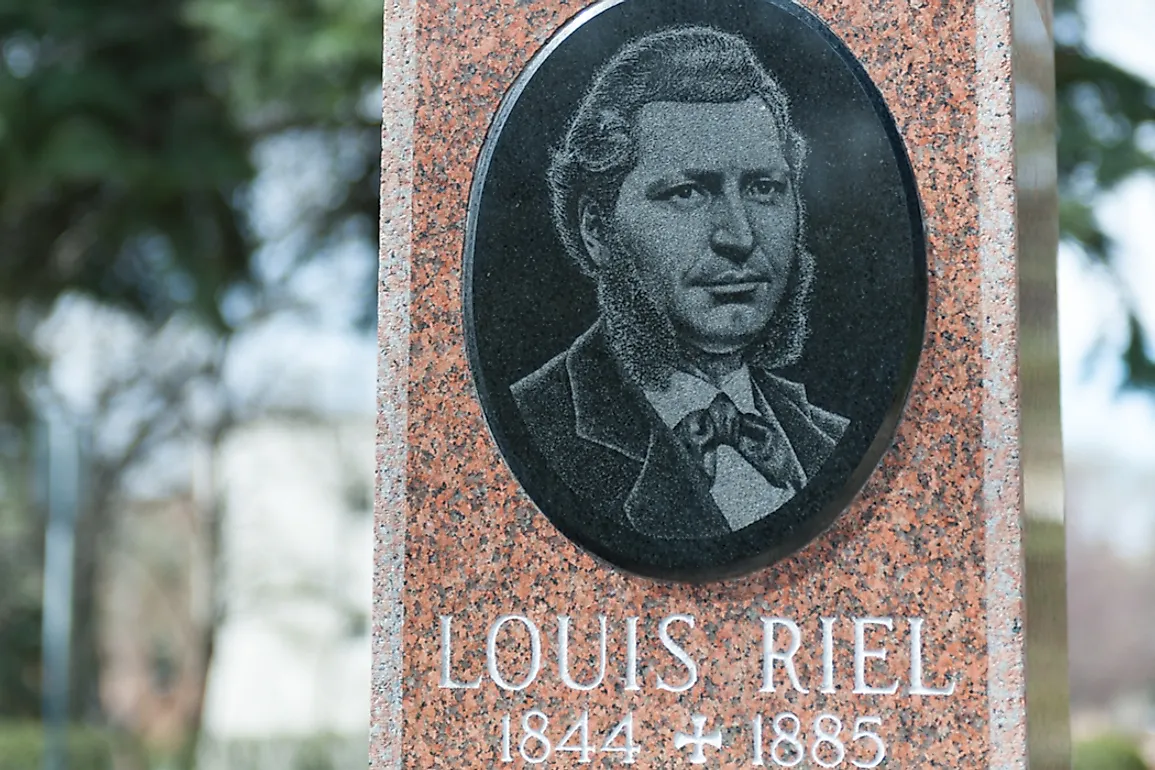What Was The North-West Rebellion?

The North-West Rebellion (also known as the Saskatchewan Rebellion, Second Riel Rebellion, or the North-West Resistance) was a violent, brief, and unsuccessful insurgency against the government of Canada in 1885. The insurgency was led by Louis Riel of the Métis people and other Aboriginal allies in what is presently Alberta and Saskatchewan of Canada.
Background to the Rebellion
Before the North-West Rebellion, there was the Red River Rebellion that was also led by Riel between 1869 and 1870. After the Red River Rebellion, many of the Métis people left Manitoba to go and from settlements elsewhere in the Fort Carlton region. Some of the settlements they formed included Duck Lake, Fish Creek, Batoche, and others close to the South Saskatchewan River. After a survey was done in 1882, 36 families found that their land had been sold to the Prince Albert Colonization Company by the Canadian government.
Without proper title deeds, other families were also scared. This fear was what led them to appeal to Louis Riel to return from his hiding in the United States after the end of the Red River Rebellion. The people were hoping that Riel would appeal to the Canadian government on their behalf. In 1885, Gabriel Dumont and others set up a provisional government of the newly formed Saskatchewan in the hopes that it would have the same influence on the Canadian government like it had during the Red River Rebellion.
Alliances
The alliance between the Métis and the aboriginals was one of chance. The Métis and the aboriginals were in constant conflict over who had rights of hunting the bison. When the aboriginals started their own fight, it so happened that the Métis were also in conflict with the Canadian government. The main cause of the rebellion was that the people felt that the Canadian government had failed in protecting their rights, land, and survival. This belief and the dwindling bison population was what led to the Métis and aboriginals rising up.
Second Riel Rebellion
Initially, the movement was a peaceful one. However, when Riel took over, he decided to make it a military movement with a strong religious background which led to the alienation of the religious parties. In his force, Riel had a few hundred Métis people with the Aboriginals making up a smaller number.
Unfortunately, at the time of the rebellion, the railway line had been almost completed thus making transportation of troops by the Canadian government easier and faster. In addition, Riel lacked the backing of other tribes and the English settlers. Further, a local armed force called the North-West Mounted Police had been created to quell the rebellion.
The group had a few notable victories such as at Fish Creek, Duck Lake, and at Cut Knife. However, their defeat at the Siege of Batoche brought about the end of the rebellion. Riel was arrested, convicted of treason by the Canadian government, and eventually hanged by the Canadian government despite pleas by many people.











